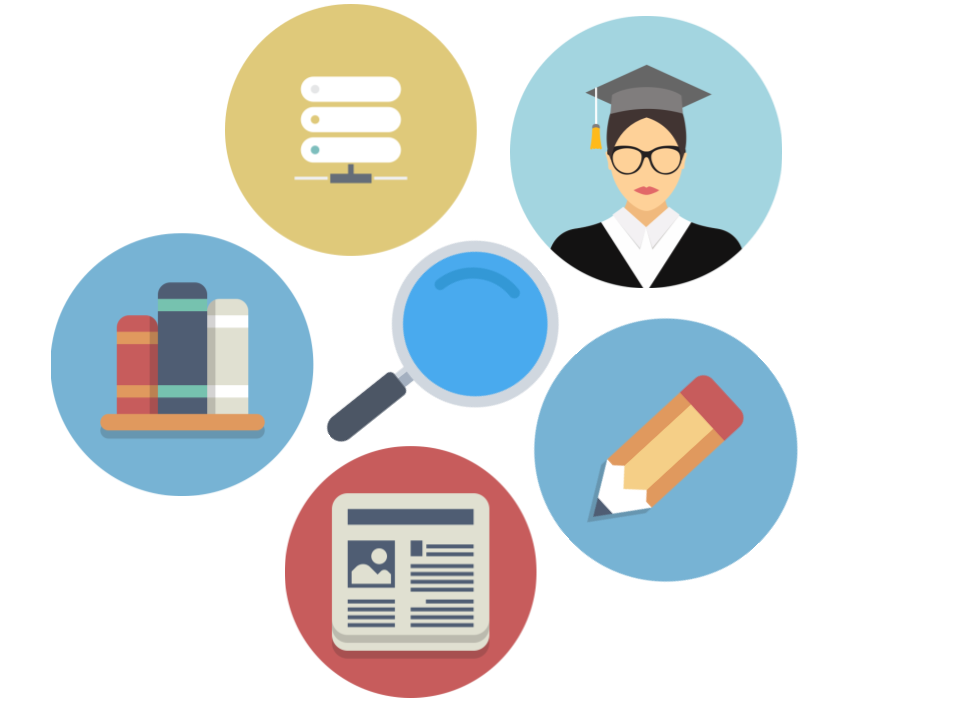Library Databases
Introduction
You are currently in the module on "Library Databases" in a larger tutorial. Each research tutorial includes modules of topics related to the overall tutorial learning objectives. Please go through all the pages in this module by clicking on the “Next” button on the bottom of the page in order to progress. If you would like to track your progress, be sure to log in with your UNCG credentials at the top right of the module. Each module includes Quick Checks on every page. These Quick Checks do not produce a certificate; they are optional and do not track your progress. Certificates are created by completing a whole tutorial, so be sure to complete all the modules within a tutorial in order to generate a certificate. You can also take a screenshot of your progress page.
UNCG Libraries Research Tutorials Help
Time needed to complete this module: 10 minutes

Learning Objectives:
- Define library databases
- Learn how to navigate and search within library databases
- Gain experience on how to use library databases effectively
A database is a searchable collection of information sources. The library has many databases. Some contain only articles, while others have articles, data, images, videos, and more. Databases tend to have a lot of scholarly articles specific to topics you are researching, which can be useful for a class assignment in terms of narrowing down your results and finding scholarly resources on a topic. For example, EBSCO’s Sport DISCUS is a database focused on sports exercise, so it can be great if you are researching something to do with sports or exercise.
This video will cover the same materials of this tutorial, but with screenshots from EBSCO databases:
Quick Check